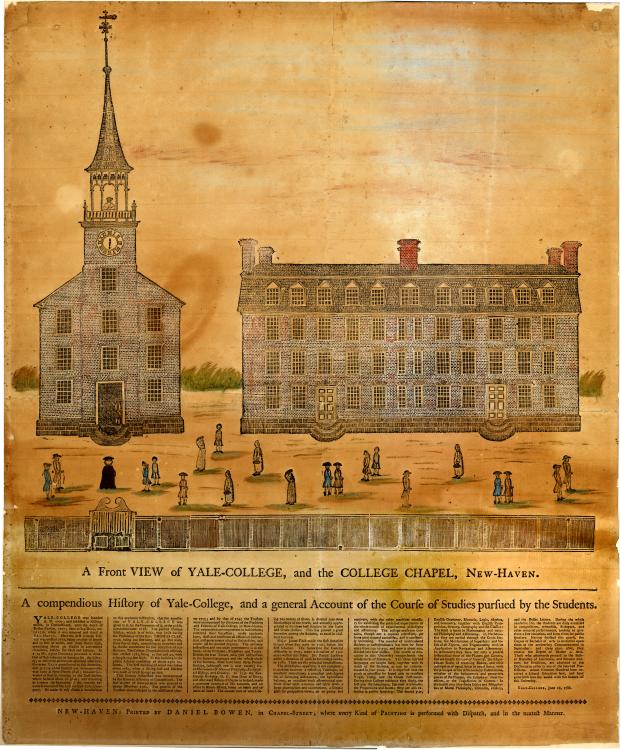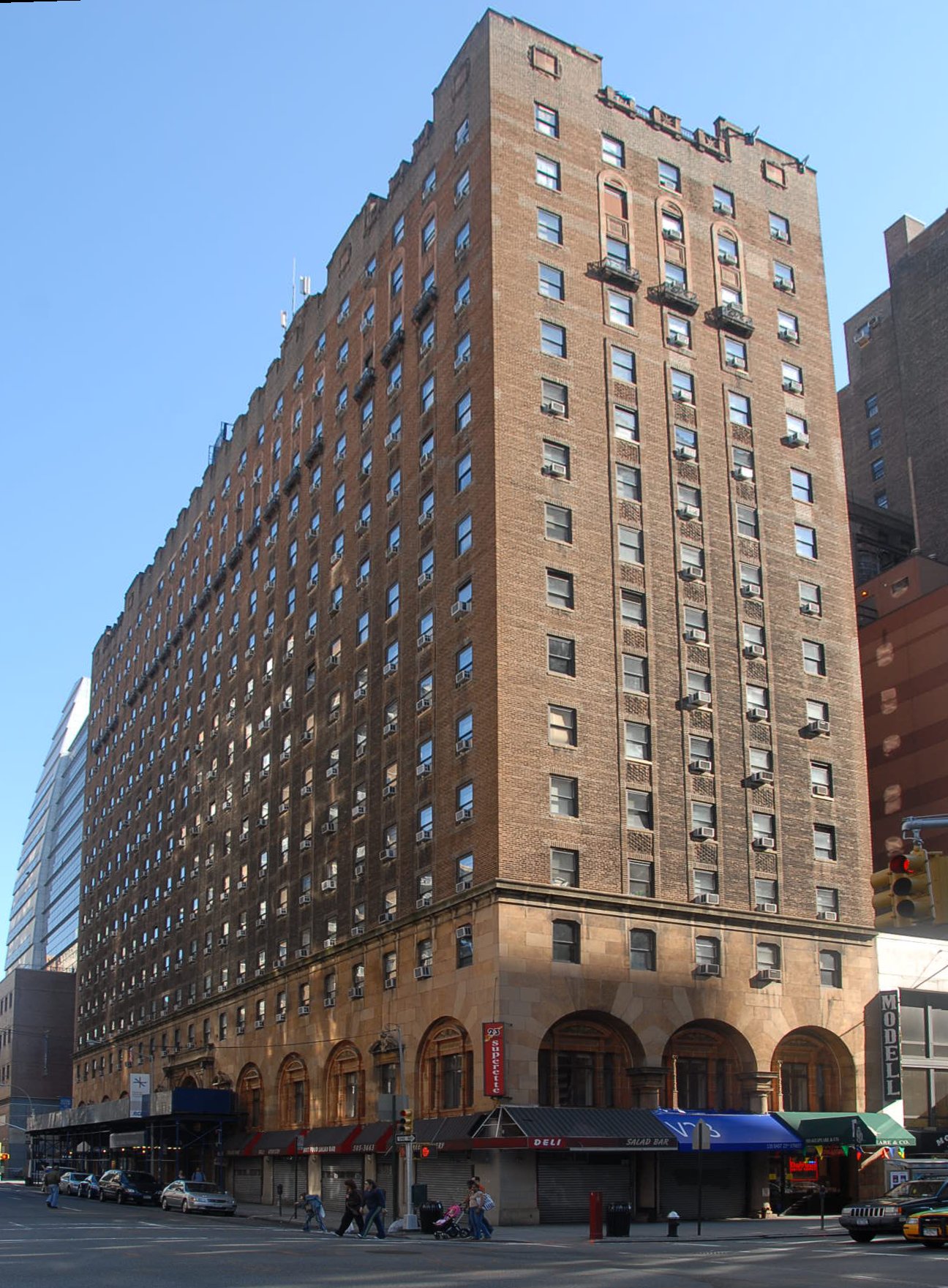|
Mieczysław B. Biskupski
Mieczysław B. Biskupski is a Polish-American historian and political scientist, with focus on Central European (particularly Polish) history and international relations. He has held professorship appointments at St. John Fisher College, the University of Rochester, and the University of Warsaw. In 1997 he was a Fellow of the Central European University in Budapest, Hungary. In 2002 he became the Endowed Chair in Polish and Polish-American Studies at Central Connecticut State University. He left the university in 2024. He received his Ph.D. in 1981 from Yale University. Biskupski's academic and national awards include listing on the Honor Roll of Polish Learning by the Polish Ministry of Education (2001), and the Officer's Cross of the Order of Merit of the Republic of Poland (2000). In 2004 he received the Mieczysław Haiman Award from the Polish American Historical Association. He is a member of the board of directors of the Polish Institute of Arts and Sciences of America; an ... [...More Info...] [...Related Items...] OR: [Wikipedia] [Google] [Baidu] |
Polish-American
Polish Americans () are Americans who either have total or partial Polish ancestry, or are citizens of the Republic of Poland. There are an estimated 8.81 million self-identified Polish Americans, representing about 2.67% of the U.S. population, according to the 2021 American Community Survey conducted by the U.S. Census Bureau. The first eight Polish immigrants to British America came to the Jamestown colony in 1608, twelve years before the Pilgrims arrived in Massachusetts. Two Polish volunteers, Casimir Pulaski and Tadeusz Kościuszko, aided the Americans in the Revolutionary War. Casimir Pulaski created and led the Pulaski Legion of cavalry. Tadeusz Kosciuszko designed and oversaw the construction of state-of-the-art fortifications, including those at West Point, New York. Both are remembered as American heroes. Overall, around 2.2 million Poles and Polish subjects immigrated into the United States between 1820 and 1914, chiefly after national insurgencies and famine. Th ... [...More Info...] [...Related Items...] OR: [Wikipedia] [Google] [Baidu] |
Polish Institute Of Arts And Sciences Of America
The Polish Institute of Arts and Sciences of America (PIASA) is a Polish-American scholarly institution headquartered in Manhattan (New York City), at 208 East 30th Street. History The Institute was founded during the height of World War II, on 12 May 1942, by Polish scholars, including historian Stanisław Kot, anthropologist Bronisław Malinowski, poet Jan Lechoń, and historians Oskar Halecki and Rafał Taubenschlag, to continue the work and tradition of the prewar Polish Academy of Learning (''Polska Akademia Umiejętności''), headquartered in Kraków, Poland, which had been destroyed by Nazi Germany in 1939. Since World War II, the Institute has continued its work of promoting Polish and Polish-American excellence in learning, and of advancing the knowledge of Polish history and culture in the English-speaking world. Since Poland's resumption of a more complete sovereignty following the collapse of communism in central and eastern Europe, the Polish Institute has established ... [...More Info...] [...Related Items...] OR: [Wikipedia] [Google] [Baidu] |
21st-century American Male Writers
File:1st century collage.png, From top left, clockwise: Jesus is crucified by Roman authorities in Judaea (17th century painting). Four different men ( Galba, Otho, Vitellius, and Vespasian) claim the title of Emperor within the span of a year; The Great Fire of Rome (18th-century painting) sees the destruction of two-thirds of the city, precipitating the empire's first persecution against Christians, who are blamed for the disaster; The Roman Colosseum is built and holds its inaugural games; Roman forces besiege Jerusalem during the First Jewish–Roman War (19th-century painting); The Trưng sisters lead a rebellion against the Chinese Han dynasty (anachronistic depiction); Boudica, queen of the British Iceni leads a rebellion against Rome (19th-century statue); Knife-shaped coin of the Xin dynasty., 335px rect 30 30 737 1077 Crucifixion of Jesus rect 767 30 1815 1077 Year of the Four Emperors rect 1846 30 3223 1077 Great Fire of Rome rect 30 1108 1106 2155 Boudic ... [...More Info...] [...Related Items...] OR: [Wikipedia] [Google] [Baidu] |
Historians Of Polish Americans
A historian is a person who studies and writes about the past and is regarded as an authority on it. Historians are concerned with the continuous, methodical narrative and research of past events as relating to the human species; as well as the study of all history in time. Some historians are recognized by publications or training and experience.Herman, A. M. (1998). Occupational outlook handbook: 1998–99 edition. Indianapolis: JIST Works. Page 525. "Historian" became a professional occupation in the late nineteenth century as research universities were emerging in Germany and elsewhere. Objectivity Among historians Ancient historians In the 19th century, scholars used to study ancient Greek and Roman historians to see how generally reliable they were. In recent decades, however, scholars have focused more on the constructions, genres, and meanings that ancient historians sought to convey to their audiences. History is always written with contemporary concerns and ancient hist ... [...More Info...] [...Related Items...] OR: [Wikipedia] [Google] [Baidu] |
Living People
Purpose: Because living persons may suffer personal harm from inappropriate information, we should watch their articles carefully. By adding an article to this category, it marks them with a notice about sources whenever someone tries to edit them, to remind them of WP:BLP (biographies of living persons) policy that these articles must maintain a neutral point of view, maintain factual accuracy, and be properly sourced. Recent changes to these articles are listed on Special:RecentChangesLinked/Living people. Organization: This category should not be sub-categorized. Entries are generally sorted by family name In many societies, a surname, family name, or last name is the mostly hereditary portion of one's personal name that indicates one's family. It is typically combined with a given name to form the full name of a person, although several give .... Maintenance: Individuals of advanced age (over 90), for whom there has been no new documentation in the last ten ... [...More Info...] [...Related Items...] OR: [Wikipedia] [Google] [Baidu] |
Central Connecticut State University Faculty
Central is an adjective usually referring to being in the center of some place or (mathematical) object. Central may also refer to: Directions and generalised locations * Central Africa, a region in the centre of Africa continent, also known as Middle Africa * Central America, a region in the centre of America continent * Central Asia, a region in the centre of Eurasian continent * Central Australia, a region of the Australian continent * Central Belt, an area in the centre of Scotland * Central Europe, a region of the European continent * Central London, the centre of London * Central Region (other) * Central United States, a region of the United States of America Specific locations Countries * Central African Republic, a country in Africa States and provinces * Blue Nile (state) or Central, a state in Sudan * Central Department, Paraguay * Central Province (Kenya) * Central Province (Papua New Guinea) * Central Province (Solomon Islands) * Central Province, Sr ... [...More Info...] [...Related Items...] OR: [Wikipedia] [Google] [Baidu] |
University Of Rochester Faculty
A university () is an institution of tertiary education and research which awards academic degrees in several academic disciplines. ''University'' is derived from the Latin phrase , which roughly means "community of teachers and scholars". Universities typically offer both undergraduate and postgraduate programs. The first universities in Europe were established by Catholic monks. The University of Bologna (), Italy, which was founded in 1088, is the first university in the sense of: *being a high degree-awarding institute. *using the word (which was coined at its foundation). *having independence from the ecclesiastic schools and issuing secular as well as non-secular degrees (with teaching conducted by both clergy and non-clergy): grammar, rhetoric, logic, theology, canon law and notarial law.Hunt Janin: "The university in medieval life, 1179–1499", McFarland, 2008, , p. 55f.de Ridder-Symoens, Hilde''A History of the University in Europe: Volume 1, Universities in the M ... [...More Info...] [...Related Items...] OR: [Wikipedia] [Google] [Baidu] |
Yale Graduate School Of Arts And Sciences Alumni
Yale University is a Private university, private Ivy League research university in New Haven, Connecticut, United States. Founded in 1701, Yale is the List of Colonial Colleges, third-oldest institution of higher education in the United States, and one of the nine colonial colleges chartered before the American Revolution. Yale was established as the Collegiate School in 1701 by Congregationalism in the United States, Congregationalist clergy of the Connecticut Colony. Originally restricted to instructing ministers in theology and sacred languages, the school's curriculum expanded, incorporating humanities and sciences by the time of the American Revolution. In the 19th century, the college expanded into graduate and professional instruction, awarding the first Doctor of Philosophy, PhD in the United States in 1861 and organizing as a university in 1887. Yale's faculty and student populations grew rapidly after 1890 due to the expansion of the physical campus and its scientif ... [...More Info...] [...Related Items...] OR: [Wikipedia] [Google] [Baidu] |
American People Of Polish Descent
American(s) may refer to: * American, something of, from, or related to the United States of America, commonly known as the "United States" or "America" ** Americans, citizens and nationals of the United States of America ** American ancestry, people who self-identify their ancestry as "American" ** American English, the set of varieties of the English language native to the United States ** Native Americans in the United States, indigenous peoples of the United States * American, something of, from, or related to the Americas, also known as "America" ** Indigenous peoples of the Americas * American (word), for analysis and history of the meanings in various contexts Organizations * American Airlines, U.S.-based airline headquartered in Fort Worth, Texas * American Athletic Conference, an American college athletic conference * American Recordings (record label), a record label that was previously known as Def American * American University, in Washington, D.C. Sports teams S ... [...More Info...] [...Related Items...] OR: [Wikipedia] [Google] [Baidu] |
Józef Piłsudski Institute Of America
The Józef Piłsudski Institute of America (full name: Józef Piłsudski Institute of America for Research in the Modern History of Poland) is a museum and research center devoted to the study of modern Polish history and named after the Polish interwar Politician, statesman Józef Piłsudski located in Greenpoint, Brooklyn. History Origins The Piłsudski Institute of America, a research organization and archive, came into being during the General Assembly of the National Committee of Americans of Polish Extraction (KNAPP), held at the George Washington Hotel (New York, New York), Washington Hotel in New York City on July 3–4, 1943. The eight-member organizational committee included three prominent colleagues of Marshal Józef Piłsudski from the interwar period: Wacław Jędrzejewicz, former Minister of Education; Henryk Floyar-Rajchman, former Minister of Commerce and Industry; and Ignacy Matuszewski, former Finance Minister. Also present were well-known Polish-Americans, amon ... [...More Info...] [...Related Items...] OR: [Wikipedia] [Google] [Baidu] |
Polish American Historical Association
The Polish American Historical Association (PAHA), founded in 1942, is a scholarly not-for-profit association dedicated to the study of Polish American history and culture. Originally a section of the larger Polish Institute of Arts and Sciences in America, PAHA soon became an independent organization. On September 11, 1942, historian Oskar Halecki proposed an autonomous historical institution and chose Mieczyslaw Haiman of the Polish Museum of America in Chicago as its founding president. Since 1944, PAHA publishes ''Polish American Studies'', an interdisciplinary journal focused primarily in social science and the humanities relating to American Polonia. It is edited by Anna Jaroszyńska-Kirchmann. PAHA is an affiliate society of the American Historical Association. Structure PAHA is governed by a board of directors, elected by the membership of the Association, consisting of eight officers and twelve council members. Elections are held every two years. Lists of current and past o ... [...More Info...] [...Related Items...] OR: [Wikipedia] [Google] [Baidu] |





